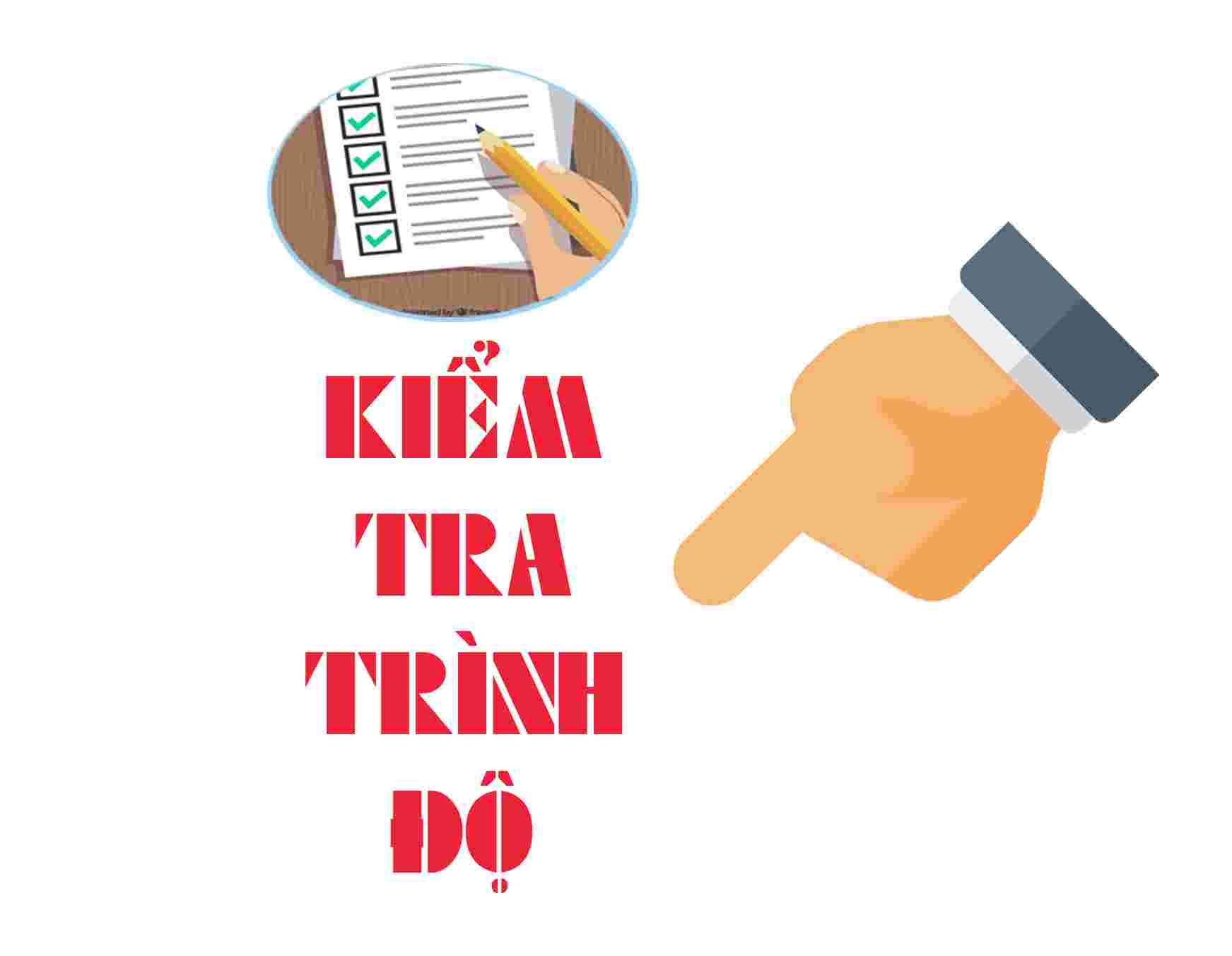Cách sử dụng liên từ giúp bạn có một bài viết mạch lạc và ăn điểm.
Để có một bài Writing TOEFL đạt điểm cao, bạn nên chú ý tới sự mạch lạc của đoạn văn. Cùng với việc diễn giải luận điểm và luận cứ, người viết nên rèn luyện cách sử dụng các liên từ một cách thuần thục trong bài viết của mình. Dưới đây là một số liên từ áp dụng cho từng trường hợp:
Studies suggest that bilingual children find it easier to learn additional languages. There is, moreover, increasing evidence that bilingual children perform better across a range of school subjects, not just foreign languages.
Many parents today do not have time to cook healthy meals for their children. Consequently/As a consequence, many children grow up eating too much junk food.
When you start with a portrait and search for a pure form, a clear volume, through successive eliminations, you arrive inevitably at the egg. Likewise, starting with the egg and following the same process in reverse, one finishes with the portrait.
(Pablo Picasso)
Politicians have promised to improve road safety. In spite of this/Despite this, little has been achieved so far.
To sum up, no evidence can be found to support the view that improved street lighting reduces reported crime.
(Còn tiếp)
1. Khi miêu tả quá trình hoặc liệt kê:
- also (cũng)
- besides (ngoài ra)
- first, second, third… (thứ nhất, thứ hai, thứ ba…)
- in addition (thêm vào đó)
- in the first place, in the second place, in the third place (ở nơi thứ nhất, ở nơi thứ hai, ở nơi thứ ba)
- furthermore (xa hơn nữa)
- moreover (thêm vào đó)
- to begin with, next, finally (bắt đầu với, tiếp theo là, cuối cùng là)
Studies suggest that bilingual children find it easier to learn additional languages. There is, moreover, increasing evidence that bilingual children perform better across a range of school subjects, not just foreign languages.
2. Những từ dấu hiệu chỉ nguyên nhân, hệ quả
- Accordingly (Theo như)
- as a result (Kết quả là)
- consequently (Do đó)
- for this reason (Vì lý do này nên)
- hence, so, therefore, thus (Vì vậy)
- then (Sau đó)
Many parents today do not have time to cook healthy meals for their children. Consequently/As a consequence, many children grow up eating too much junk food.
3. Những dấu hiệu chỉ sự so sánh
- by the same token (bằng những bằng chứng tương tự như thế)
- in like manner (theo cách tương tự)
- in the same way (theo cách giống như thế)
- in similar fashion (theo cách tương tự thế)
- likewise, similarly (tương tự thế)
When you start with a portrait and search for a pure form, a clear volume, through successive eliminations, you arrive inevitably at the egg. Likewise, starting with the egg and following the same process in reverse, one finishes with the portrait.
(Pablo Picasso)
4. Những dấu hiệu chỉ sự đối lập
- but, yet (nhưng)
- however, nevertheless (tuy nhiên)
- in contrast, on the contrary (Đối lập với)
- instead (Thay vì)
- on the other hand (Mặt khác)
- still (vẫn)
Politicians have promised to improve road safety. In spite of this/Despite this, little has been achieved so far.
5. Những từ dấu hiệu chỉ kết luận hoặc tổng kết
- after all (sau tất cả)
- at last, finally (cuối cùng)
- in brief (nói chung)
- in closing (tóm lại là)
- in conclusion (kết luận lại thì)
- on the whole (nói chung)
- to conclude (để kết luận)
- to summarize (Tóm lại)
To sum up, no evidence can be found to support the view that improved street lighting reduces reported crime.
(Còn tiếp)







